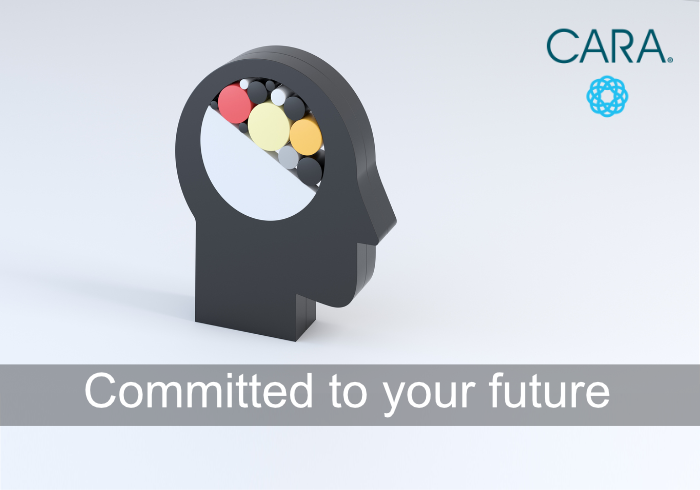
When was the last time you’ve created a development program wondering “How well will this align with the audiences’ inherent learning needs…really?” If this is a question you’ve asked yourself,…

When was the last time you’ve created a development program wondering “How well will this align with the audiences’ inherent learning needs…really?” If this is a question you’ve asked yourself,…

In an earlier blog, we introduced the concept of OCM’s value. In support of that value, this blog poses the questions “How do you know?”, “Can you measure it?”, and…